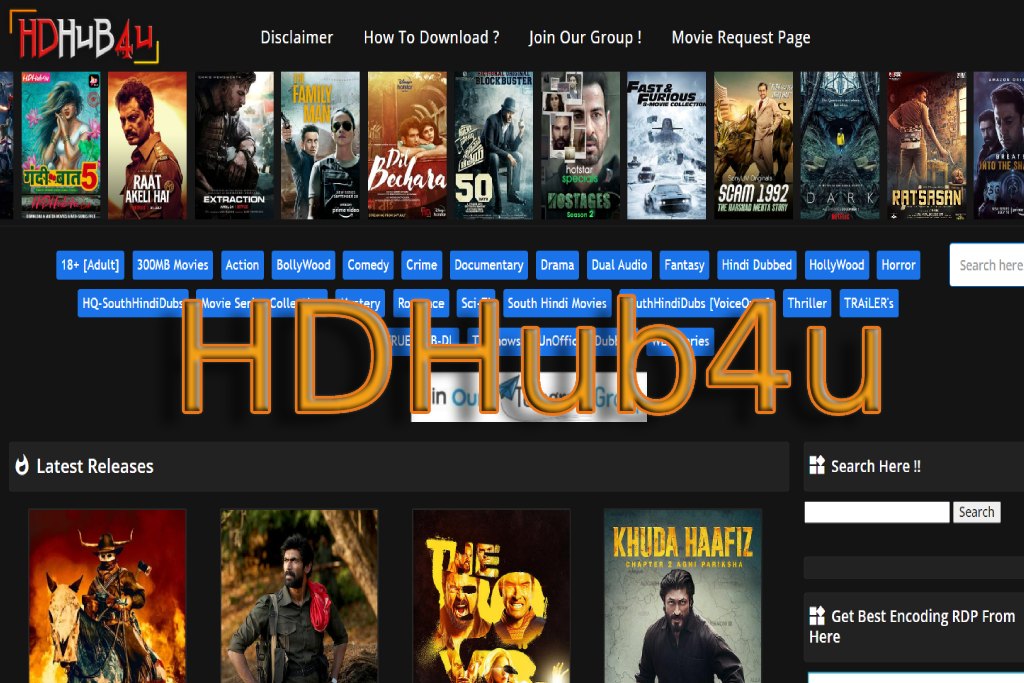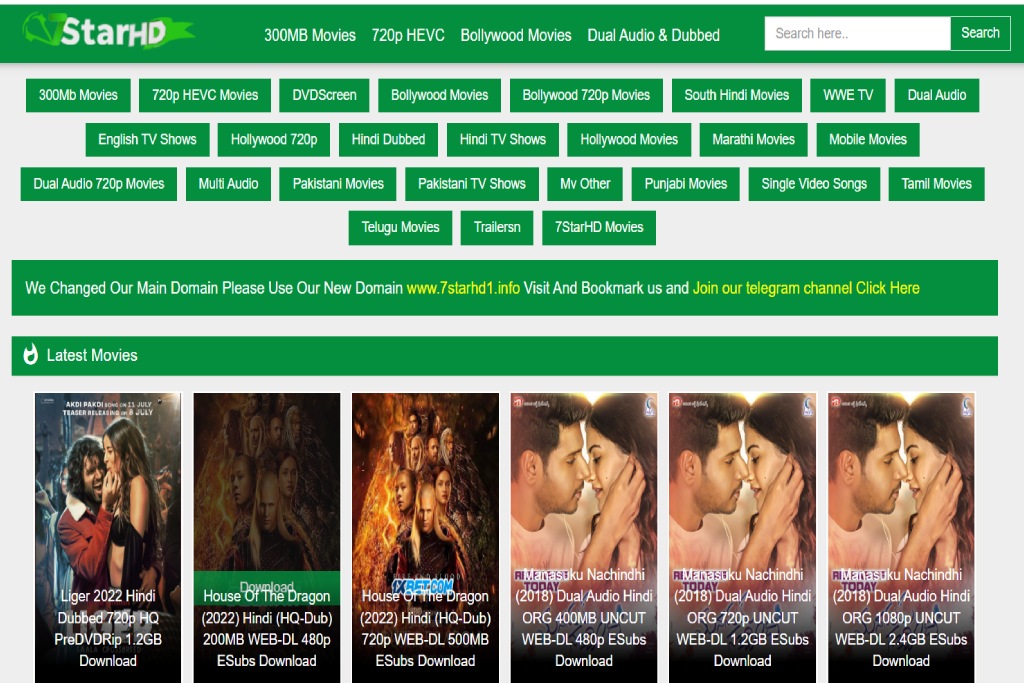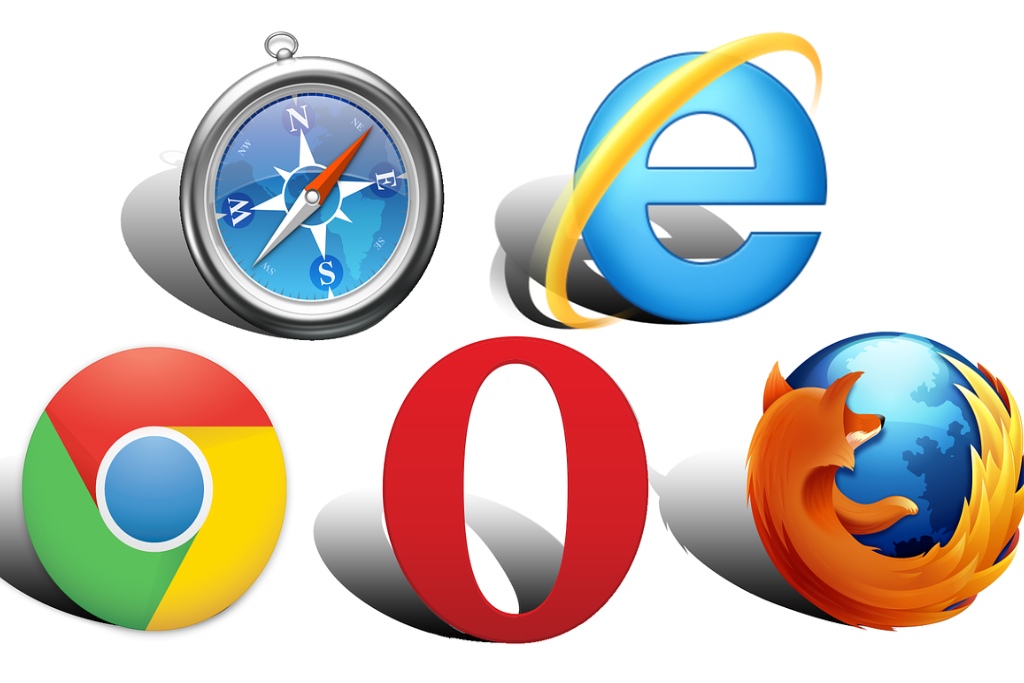The Challenge Of Web Visibility In BtoB Internationally

It’s a fact: buyers use the internet as their main source of information for identifying, first evaluating and pre qualifying suppliers. Therefore, it is essential that SMEs are found online, at the right time and, if possible, in the right language when they wish to internationalize.
New Buyer Search Behaviors
Most B2B buyers spend a significant amount of time on the internet researching businesses and products. They have access, via search engines, to a considerable amount of information on potential suppliers and available solutions .
Digitalization now allows buyers around the world to conduct the upstream phases of the purchasing process (exploration and study of solutions) in complete autonomy, even before contacting a potential supplier. A consequence of these practices is that your potential buyers will contact you only when they are ready. As long as they found you on the web.
Going International Also Means Being Found By Buyers
“Outbound” or outbound marketing techniques (prospecting emails, exhibitions, etc.) are often out of step with a need to buy: they intervene either too early, when the need to buy has not yet emerged, or too late, after the purchase was made.
Inbound marketing techniques reconcile the “time” of the buyer and that of the seller.
They consist of an SME to be found precisely at the moment when the buyer searches for solutions on the Web . The buyer usually expresses his request in his mother tongue, or even in English. The challenge is to appear on the first pages of search engine results, on its keywords, in the language of the buyer.
Several techniques can be implemented to achieve this objective: multilingual SEO, purchases of multilingual keywords or referencing on multilingual BtoB portals.
To learn more about the behavior of your potential buyers, consult the Europages / Kyto white paper on B2B buying processes on the Internet.
Also Read: What Is Business Digitization?






